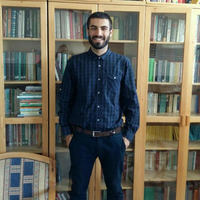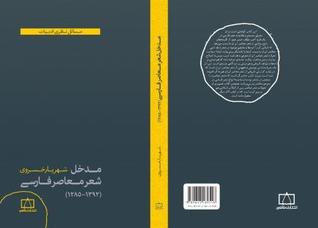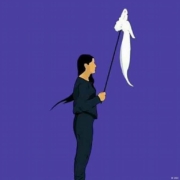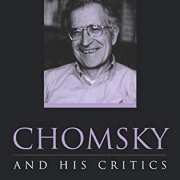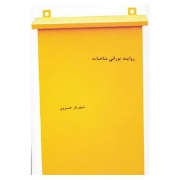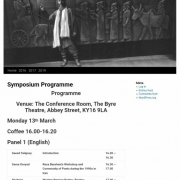An Introduction to the Contemporary Persian Poetry (in Farsi, madkhal), by Shahriar Khosravi, published at 2016, is meant to be a systematic and theoretical introduction to the Persian poetry since the 1905-1911 Persian Constitution Revolution. It is systematic and theoretical in the sense that it tries to go beyond the traditional way of confronting the subject that is arguably incoherent and based on some ad hoc categorizations. It means that the book relies on a conceptually consistent system of ideas that enables the writer to make something more than a memoir or an arbitrary historical report of the Farsi Poetry in the period in question.
In the first chapter, what is called the standard story is objected upon on the ground that it is inconsistent, historically wrong, and based on the wrong assumptions. In the second chapter, an alternative story, the so-called systematic and theoretical story, is suggested. In the third chapter, the conceptual system presented in chapter 2 is mapped on a historical outlook. The book is designed so that an expert could find controversial issues formulated and assembled in a big picture, and, at the same time, ample references and further readings, a technical glossary and a limpid prose is employed to make the book useful for the beginners.
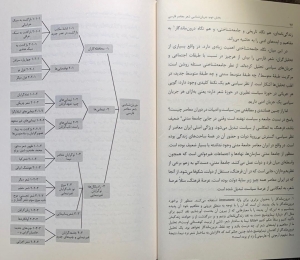
Comparing to the precedent critical and introductory publications, the book is claimed to have some advantages: The high degree of neutrality helps the book to cover all of the forms of the contemporary poetry and none of the figures is excluded by any ideologically biased choices. Furthermore, the book’s attitude, at least in the first approach to each topic, is not normative and it leaves rooms for the author to describe the ideas rather than evaluate them at once. Besides, the main focus of the book is on the ideas instead of the figures. As a result, the author is able to discuss the trends of literary criticism as well as the trends of the creative poetry writing – for the contemporary criticism bears ideas as much as the poetry itself does-, while it motivates the author to shed light on the minority trends that bear some distinctive ideas. Also, contrary to the prevailing discourse among the avant-garde critics, the term contemporary is not intended to mean modern; it is harnessed such that it encompasses all styles in the epoch, including the contemporary classical-traditional forms. Ultimately, the book investigate the Persian Poetry both inside and outside of the country’s boundaries.
The theoretical framework on which the categorizations is based is an independent issue is separatedly elaborated upon. In short, the framework results from the reduction of all contemporary debates to the three basic levels: The poetical-rhetorical level, the political-ideological level, and the philosophical-metaphysical level. This attitude helps reader to find the right track of thinking about the concepts out of the seemingly formidable jungle of polemic debates in the contemporary discourse Persian Poetry, specially, among the debates of the modern critics.
Finally, one may legitimately wonder that it is odd for a young author to write such a comprehensive book. As mentioned in the introduction, the standard view is that nobody writes such a book but a senior researcher. Moreover, one may wonder whether an introduction like this has anything to contribute to the filed or not. In the book itself and in some interviews with the literary journals, the author has tried to come up with some ideas in response to these possible objections.
For further reading, click here. One chapter of the book is available online .Here, you can find the PDF version.
